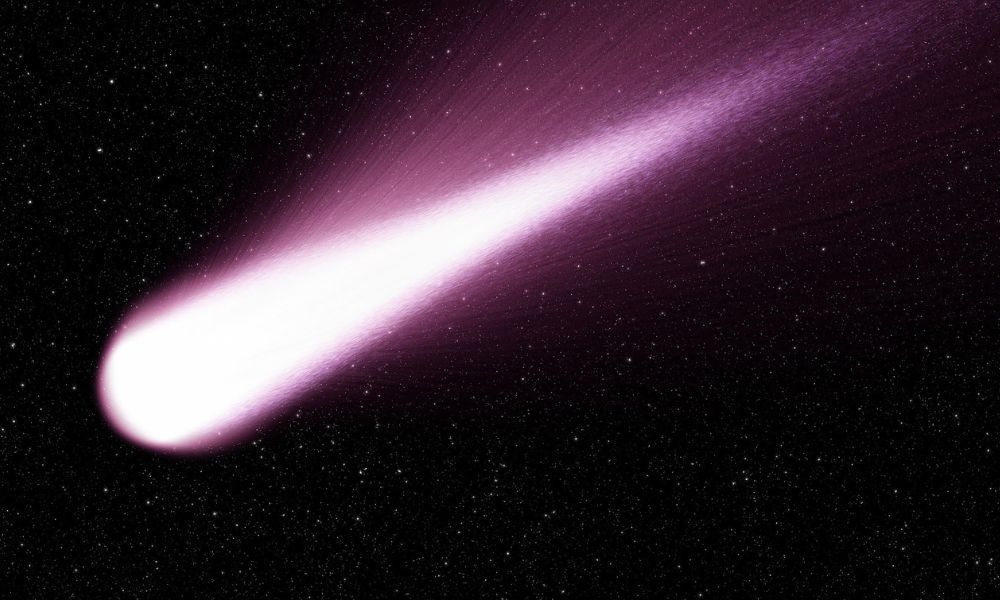The best observation period would be the weekend of January 21-22 and the following week; The space object can be seen at night with good glasses or even with the naked eye
For the first time after 50,000 years a comet will cross the sky a land. C/2022 E3 (ZTF) was discovered in March 2022 by the Zwicky Transient Facility (ZTF), which operates the Samuel-Oschin Telescope at the Palomar Observatory in California. The last time the object visited the inner solar system and passed near Earth was 50,000 years ago. It was detected again in the path of Jupiter’s orbit and will pass very close to the sun this week. The rock icy small body is only 1 kilometer in diameter. Astronomers, who calculated its trajectory after months of observation, indicated that it would reach perihelion—the point closest to the sun—on January 12th. the The best observation period will be the weekend of January 21-22 and the following week. During this period you will pass between the constellations Ursa Minor and Ursa Major. Later, it can be seen in the southern hemisphere to then leave for the borders of the solar system, where it was most likely born.
The space object can be seen at night with good glasses or even with the naked eye, as long as the sky is clear, there is no light pollution, and the brightness of the moon is not disturbed. What we will be able to see in the sky is the comet’s long, bright tail. This happens as it gets closer to the sun, the ice in its core changes into a gaseous state and shoots out a long tail that reflects the star’s light. This bright phenomenon is what we will see from Earth, initially in the Northern Hemisphere, as “C/2022 E3 (ZTF)” approaches. The comet will shine in all its splendor “when it’s closest to Earth,” explains Caltech physics professor Thomas Prince, who works on the ZTF. However, it will be less exciting than comet Hale-Bopp (1997) or Neowise (2020), which were much larger. “Maybe we’re lucky and its brightness is twice as bright as expected,” says Nicolas Biver, an astrophysicist at the Paris-PSL Observatory.
According to current models, comets come from either the Kuiper Belt, which lies beyond the orbit of Neptune, or from the Oort Cloud, a vast region about light-years from the Sun, at the boundary of its gravitational field. This comet “originally comes from the Oort Cloud,” according to Beaver when considering its orbit. This time, it will likely “get out of the solar system for good,” Beaver says. Preparations for viewing them will be completed and scientists hope to learn more about the formation of comets, thanks in particular to the powerful James Webb Space Telescope. “We will be watching from all sides. It is not the comet of the century, but we are happy to be able to observe such comets every year or two, as we consider them traces of the formation of the solar system, “the astrophysicist explains.
* With information from AFP

“Incurable thinker. Food aficionado. Subtly charming alcohol scholar. Pop culture advocate.”






More Stories
NASA Releases Selfie of Perseverance Rover Working on Mars
NVIDIA driver includes hidden Final Fantasy XVI profile
PlayStation Plus Extra and Premium saw a significant drop in players in July